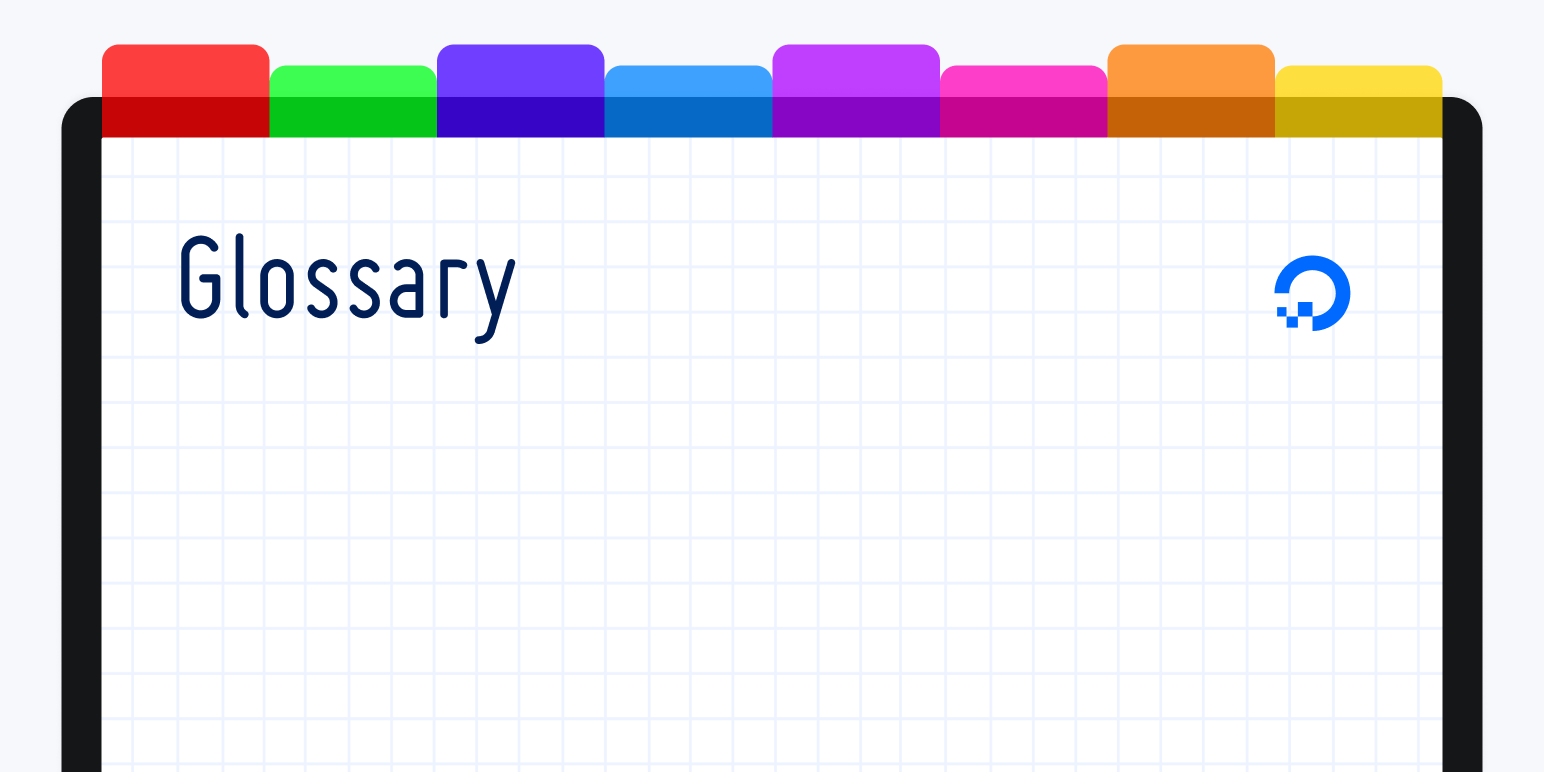Tutorial
What is the Relational Model?

The relational model is an abstract model used to organize data within a database. In order to control access to a database, write data, run queries, or perform any other tasks related to database management, a database management system must have some kind of underlying model that defines how the data within it are organized.
Databases that implement the relational model are often referred to as relational databases. The relational model was for a long time the most sophisticated model for organizing data, and its widespread use has only recently been curbed by the rise of nonrelational — or, NoSQL — data models.
The most fundamental elements in the relational model are relations, which users and modern RDBMSs recognize as tables. A relation is a set of tuples, or rows in a table, with each tuple sharing a set of attributes, or columns:

A column is the smallest organizational structure of a relational database, and represents the various facets that define the records in the table. Hence their more formal name, attributes. It can be helpful to think of each tuple as a unique instance of whatever type of people, objects, events, or associations the table holds.
For more educational resources related to the relational model, please visit:
- Understanding Relational Databases
- SQLite vs MySQL vs PostgreSQL: A Comparison Of Relational Database Management Systems
For more information on how to work with relational databases, we encourage you to check out our How To Use SQL tutorial series.
Thanks for learning with the DigitalOcean Community. Check out our offerings for compute, storage, networking, and managed databases.
This textbox defaults to using Markdown to format your answer.
You can type !ref in this text area to quickly search our full set of tutorials, documentation & marketplace offerings and insert the link!